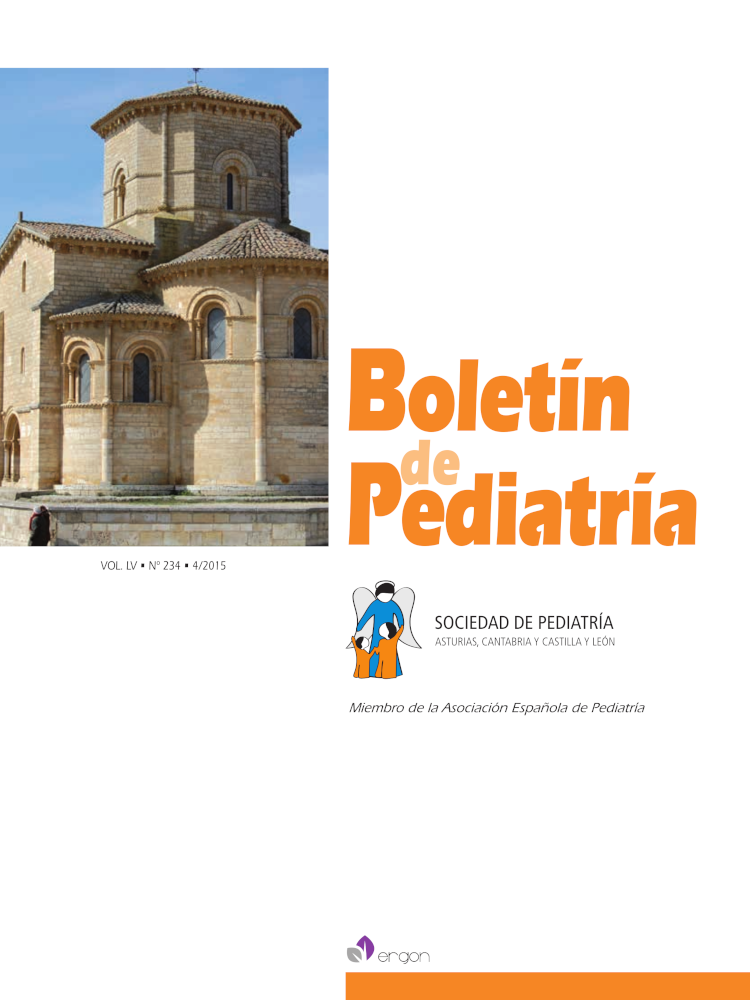Abstract
Introduction. Acanthosis nigricans is a skin lesion in which hyperpigmentation in areas of friction (armpit, neck, groin or popliteal region) The clinical importance is the association with hyperinsulinemia and insulin resistance. The aims are this clinical report was to analyze the factors that determine the insulin resistance in this patient with obesity. And the secondary objective was to review the literature relating this metabolic disorder with acanthosis nigricans, to relate to future risks. Case report. We analyze the case a 14 year old boy who has a father with diabetes mellitus type 2, severely overweight, insulin resistance and acanthosis nigricans is presented. He present increased waist circumference and hyperinsulinemia, hypertriglyceridemia, decreased HDL colesterol, normal glycemia and without disorder curve glucose tolerance. HOMA: 6.89, TG/HDL high of 4.52. Abdominal ultrasound without hepatic steatosis and normal blood pressure. Based on the literature review disclosed that the patient present a high risk of diabetes mellitus type 2 and cardiovacular disease in the future. Conclusions. The presence of acanthosis nigricans in children and adolescents can help identify clinical and metabolic alterations, mainly if associated with obesity.

This work is licensed under a Creative Commons Attribution-NonCommercial 4.0 International License.
Copyright (c) 2015 Boletín de Pediatría
